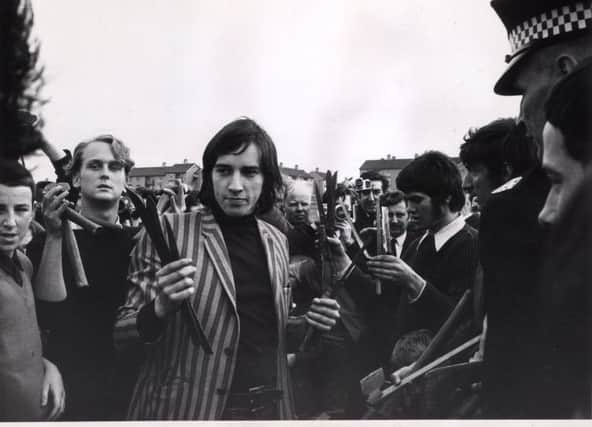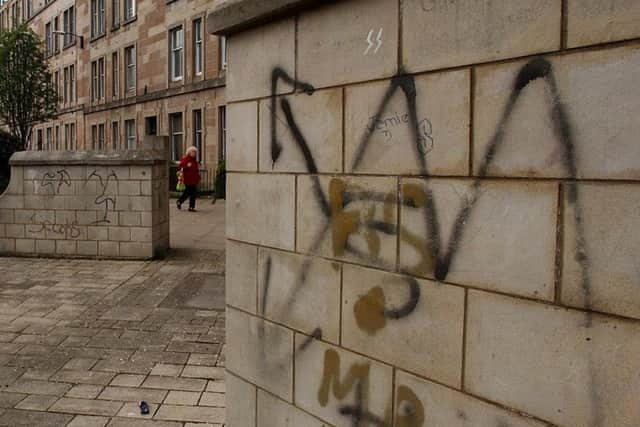Street gangs in decline as more youths opt to stay home


Changes, such as the rise of social media and improved community policing, are among the factors cited by researchers to explain the fall.
Remaining gangs are often a way of expressing territorial pride, rather than facilitating criminal enterprise or violence.
Advertisement
Hide AdAdvertisement
Hide AdYouth crime is at an all-time low, with offence referrals to the Children’s Reporter falling 84 per cent since 2006-7, according to research by Professor Susan McVie of the University of Edinburgh.


The number of 16 and 17 years olds sentenced by courts has fallen by 60 per cent since 2006-7, while the peak age of offending for men in Scotland has risen from 18 to 23 in the space of a generation.
“I think Scotland has changed dramatically,” said Karyn McCluskey, director of the Scottish Violence Reduction Unit.“The gangs that we talk about have vastly declined and our young people are less likely to be in the criminal justice system.
“The efforts of communities, schools, third sector and criminal justice agencies across the country have transformed the outcomes for many of the young people I would have previously bumped into in hospital with stab wounds and injuries.
“The problems are not gone, but the scale of them has significantly reduced. Working with schools and employers now to help young people into work is the surest method of driving this down even further.”


A new book by Dr Alistair Fraser, a lecturer in criminology and sociology at the University of Glasgow, found that while territorial gangs have a long history, from the industrial era onward, they have changed and adapted according to broader social and economic trends.
The academic worked as a community youth worker and secondary school tutor in an unnamed district of Glasgow, which he describes as a “microcosm” of the city, while researching Urban Legends: Gang Identity in the Post-Industrial City.
He noted he would often see no young people socialising outdoors after school hours.
Advertisement
Hide AdAdvertisement
Hide Ad“I did expect to see more young people out in public spaces,” he said. “Street life and street culture has always been a very important part of social life in the century, going back more than a century.”
While street gangs have not disappeared altogether, Dr Fraser said they now offered a source of identity in a world that was constantly changing.
“Gang identification is different in former mining communities, for example,” he said. There’s an embedded territorialism that might not be as amenable to changes as in cities.”
Dr Fraser continued: “Historians have found that gangs evolved into more organised units during severe economic hardship, like the Beehive Boys in the 1930s.
“Today we are seeing fewer young people on the streets due to the growth in technology and things like gentrification of public space, so the ‘street culture’ that gangs are part of has also been diluted.”
He added there remained a “tension between street masculinity and job opportunities in an post-industrial economy.”
Chief Superintendent Barry McEwan, of Police Scotland’s violence reduction unit, confirmed there had been a marked decrease in gang-related activity across Scotland.
“Prior to the creation of Police Scotland there were a number of successful initiatives driven by the police, the national Violence Reduction Unit, like Includem, which contributed to this reduction by providing alternatives which divert young people away from offending behaviour,” he said. “Violence is a priority for Police Scotland and we focus on being in the right places at the right times and tackling the right people, to prevent violence in local communities.
Advertisement
Hide AdAdvertisement
Hide Ad“Our taskforce monitors the emergence of violent individuals and groups. It deploys to support local divisions by focusing their attention on locally identified individuals and groups, whose behaviour poses harm within communities.
“The taskforce will take appropriate action and interventions, working with local officers to address the negative impact violent behaviour has on local communities.”
